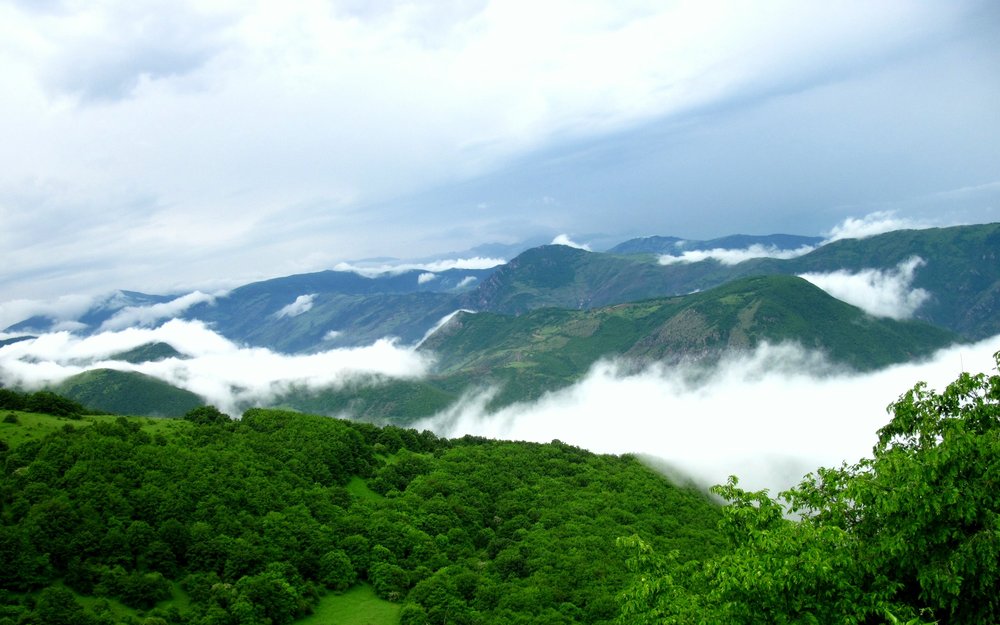Environmentalists question protected areas downgrading, downsizing

TEHRAN — A group of environmental activists affiliated with an NGO has made a statement questioning the directive from the Supreme Council of Environment on revision of national protected areas.
Under the directive, issued on February 21, during a session headed by President Hassan Rouhani, the protected areas which have caused difficulties for different sectors as well as the locals will be decreased or in some cases increased in the country.
The statement, published by Mehr news agency on Monday, raises serious doubts as to the effectiveness of the directive.
It’s been years that human beings consider the environment as a means for development which has constituted major challenges, the statement said. There is another attitude towards the environment which aims to safeguard and this is the basis for international protocols and treaties to protect the environment from further harms.
“However, the first approach to the environment has significantly degraded it on international scale.”
The recent directive authorizing the decrease of some 77,000 hectares of the 28 protected areas in 132 provinces is clearly violating various international laws, protocols and deals on protecting the environment, the statement reads.
The statement continued “claiming that such regions are causing social and economic difficulties for the locals and are not environmentally and ecologically valuable has no scientific basis and the government has not even gone into details of the exact economic and social problems the protected areas are causing.”
Does such a directive on shrinking protected areas, which is used as an excuse to for development and job creation, actually solve locals’ economic or social problems?
The NGO has urged the government to scientifically prove that such areas are not ecologically important and that how they are reneging on international treaties and agreements regarding the protected areas.
Iran is a signatory to the Convention on Biological Diversity, so we are bound to increase the protected areas to 17 percent of the country’s total land area, but now we are doing quite the reverse.
One of the targets of the aforementioned convention is that by 2020, at least 17 percent of terrestrial and inland water, and 10 percent of coastal and marine areas, especially areas of particular importance for biodiversity and ecosystem services, are conserved through effectively and equitably managed, ecologically representative and well-connected systems of protected areas and other effective area-based conservation measures, and integrated into the wider landscapes and seascapes.
On March 17, environment chief Issa Kalantari said that increasing or decreasing the national protected areas is a “dynamic process” and that only less than three thousandths of the protected areas, including 24 regions, are decreased and there will be suggestions for increasing the areas as well. He further highlighted that the laws are not “God’s words” that cannot be changed and with regard to the population growth, the law was bound to change.
“The environment belongs to the people and we should be concerned with the public welfare and causing difficulties for thousands of people because of the environment is not our strategy,” he added.
MQ/MG
Leave a Comment